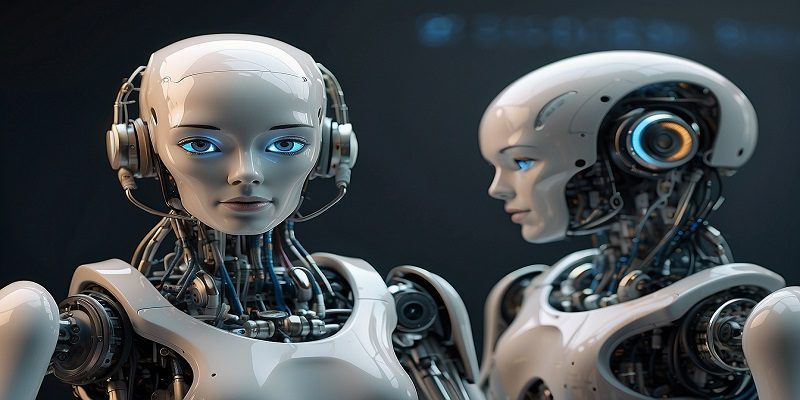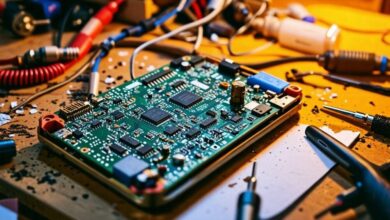Exploring the Nexus of AI and Robot Learning

Introduction
In the realm of technological advancements, the integration of Artificial Intelligence (AI) with robotics stands as a testament to human ingenuity. The amalgamation of these two fields has paved the way for the development of intelligent machines capable of learning and adapting to diverse environments. In this article, we delve into the pivotal role played by AI in enhancing robot learning, ushering in an era where machines can emulate human-like cognitive abilities.
Understanding the Synergy: AI and Robot Learning
At the core of AI-driven robot learning lies the concept of machine intelligence. AI algorithms enable robots to perceive their surroundings, process information, and make decisions autonomously. This synergy between AI and robotics empowers machines to acquire new skills through experience, akin to human learning.
Sensory Perception: A Gateway to Learning
One of the fundamental aspects of robot learning enhanced by AI is sensory perception. Through advanced sensors and machine learning algorithms, robots can interpret and analyze data from their environment in real-time. This sensory feedback forms the basis for learning and adaptation, enabling robots to navigate complex scenarios with precision and agility.
Learning by Example: The Role of Machine Learning
Machine learning algorithms lie at the heart of AI-driven robot learning. By leveraging vast datasets, robots can learn from examples and refine their actions over time. Whether it’s through reinforcement learning, where robots receive feedback based on their actions, or supervised learning, where they learn from labeled data, machine learning empowers robots to continually improve their performance.
Adaptive Intelligence: Flexibility in Action
One of the distinguishing features of AI-enhanced robot learning is adaptive intelligence. Unlike traditional robotics, where machines are programmed for specific tasks, AI-driven robots possess the flexibility to adapt to dynamic environments. This adaptability enables them to handle unforeseen challenges and optimize their behavior based on changing circumstances.
Enhancing Human-Robot Interaction
Another significant aspect of AI in robot learning is its impact on human-robot interaction. By imbuing robots with cognitive abilities, AI facilitates seamless communication and collaboration between humans and machines. This synergy opens up new possibilities in various domains, from manufacturing and healthcare to education and entertainment.
Challenges and Opportunities
Despite the remarkable progress in AI-driven robot learning, several challenges lie ahead. Ensuring the safety and ethical use of intelligent machines remains a paramount concern. Moreover, bridging the gap between AI algorithms and real-world applications poses significant hurdles.
However, amidst these challenges, lies a plethora of opportunities. From enhancing productivity and efficiency to revolutionizing industries, the integration of AI with robotics holds immense promise for the future. By harnessing the power of intelligent machines, we can unlock new frontiers of innovation and create a world where humans and robots coexist harmoniously.
Conclusion
In conclusion, the role of AI in enhancing robot learning cannot be overstated. By leveraging AI algorithms, robots can emulate human-like cognitive abilities, paving the way for intelligent machines capable of learning and adapting to diverse environments. From sensory perception to adaptive intelligence, AI-driven robot learning opens up new possibilities across various domains. As we continue to explore the nexus of AI and robotics, we embark on a journey towards a future where intelligent machines augment human capabilities and redefine the very fabric of our society.





